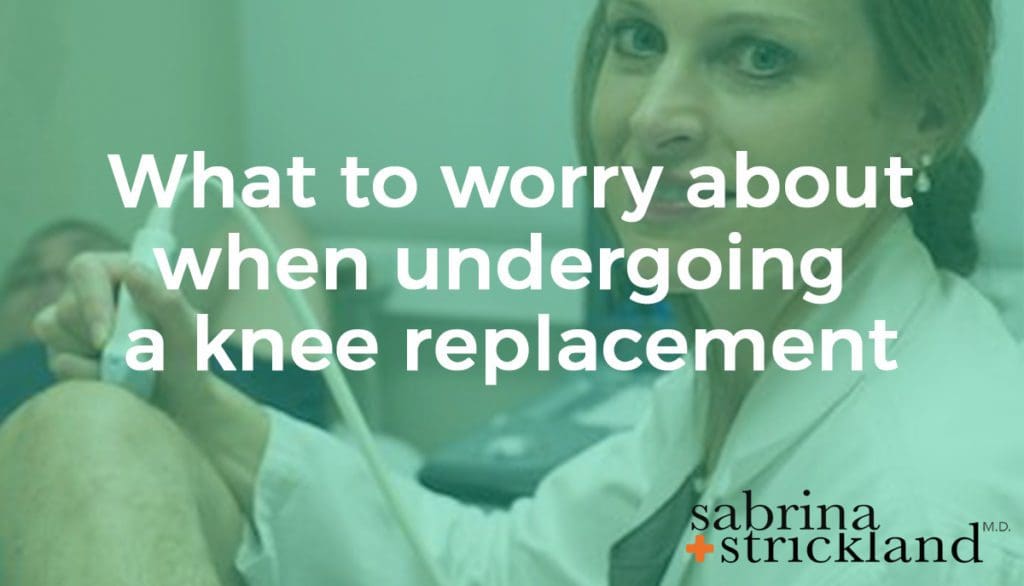There are many things to worry about when undergoing a knee replacement, but instability of the kneecap is rarely one of them.
This blog post discussing how to prevent instability of the patella after a knee replacement discusses a specific technique of wound closure to prevent the possibility that the kneecap will not track well after surgery.
Careful attention during surgery to the way the whole knee moves is incredibly important. It is important to assess the interaction between the thigh bone and the shin bone as well as how the patella track in the groove in the front part of the knee replacement. As a surgeon specializing in disorders of the patella, I pay a lot of attention to this aspect of surgery and try to optimize the patellar tracking (or how the kneecap moves throughout motion in the groove at the front of the femur bone).
BLOG: Patellar instability remains an issue in modern total knee replacement | Orthopedics Blogs | Patellofemoral Update

Orthopedics Blogs | Patellofemoral Update | Patellar instability remains a challenging issue in modern total knee replacement patients. Total knee replacement has consistently been shown as a highly successful treatment for degenerative arthritis of the knee, but 33% to 50% of revision surgeries for this procedure in the 2-year to 5-year postoperative period have been attributed to patellar instability. In addition, patellar positioning in

